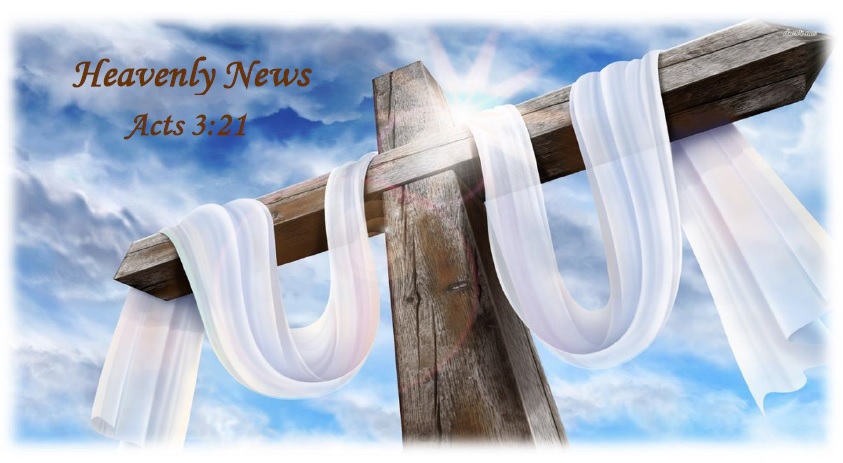THE LION AND THE LAMB
REVELATION 5:1-14
STUDY GUIDE
1. This chapter introduces the earth’s rightful ruler, Jesus Christ – the Son of God. He is the One who willredeem the world from sin, Satan, death, and the curse.
2. God is seated on the throne, and in His right hand he has a scroll, which is the title deed to the earth which God will give to Christ (Jeremiah 32:10-14, Ezekiel 2:9-10).
3. The strong angel is not named, so he must remain anonymous.
4. A search of the entire universe from hell to heaven, and everywhere in between turns up no one worthy to open the scroll. This is the only time in Scripture that tears are seen in heaven. John did not have to weep, because God was about to take action.
5. Out of the lion like tribe of Judah would come a strong and fierce ruler – the Messiah, Jesus Christ (Hebrews 7:14). Jesus is also the “Root of David.”
6. Christ was the Lamb of God who takes away the sin of the world (John 1:29). The word lamb refers to thePassover Lamb (Exodus 12:3-6; Leviticus 14:10), provided by God (Genesis 22:8). The Lord Jesus is called the sacrificial Lamb of God because He sacrificed Himself at the time of the Passover (1 Corinthians 5:7). . In Revelation Christ appears as the Lamb 31 times.
7. In the Gospels four titles are given to Jesus:
1. As the Son of David, He has title to the Throne of David.
2. As the Son of Abraham, He has title to the Land of Palestine, and all included in the Royal Grant to Abraham.
3. As the Son of Man, He has title to the Earth and the World.
4. As the Son of God, He is the Heir of All Things.
8. The grammatical structure of the Greek text for “harp” indicates that it was only the elders, not the living creatures, who held these two items. The harps held by the elders symbolize all of prophecy, which culminates in the momentous events about to take place.
9. The “golden bowls full of incense” were wide-mouthed bowls which were used in the tabernacle and temple, which represent the priestly work of intercession for the people (Psalm 141:2; Luke 1:9-10).
10. This third doxology of praise is directed to the Lamb (Jesus Christ) (Revelation 5:9-10).
11. Christ is worthy because He is the Lamb, the Lion of the Tribe of Judah, and the King of kings and Lord of lords.
12. Christ’s substitutionary and sacrificial death has purchased people out of every tribe, tongue, and nation for God. The word redeemed in the Greek is ἀγοράζω agorázō, which means “to buy out, especially to purchase a slave for his freedom.”
13. The redeemed are a part of God’s kingdom, a community of believers under God’s sovereign rule. They are also priests to God, signifying their complete access to God’s presence for worship and service (1 Peter 2:9)
14. The fourth doxology of praise is directed to Jesus Christ begins with a loud voice (Revelation 5:12).
15. – The fifth doxology of praise is directed to God and Jesus Christ (Revelation 5:13). Endless blessing, honor, glory, and power belong to God the Father and the Lord Jesus Christ (Romans 8:18-22).
16. The word “Amen” is transliterated from the Greek word ἀμήν amḗn; which means “So be it.” It is also a word of affirmation that means to be firm, steady, and truthworthy.
17. There is considerable evidence that Psalms 146–150 refer to this scene. Each of the psalms begins and ends with the exhortation: “Praise the Lord!” which is the Hebrew phrase “Hallelujah.”
©2015 Kenute P. Curry. All rights reserved.

No comments:
Post a Comment